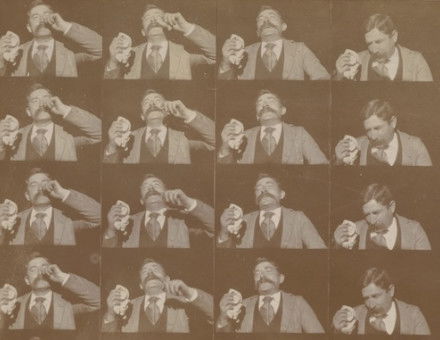The Maroons of Jamaica
Amid jungles and mountains the negro hunters of the wild pig, or “mareno,” long put up a ferocious resistance to the British Governors of the island. By Simon Harcourt Smith.
When in 1492 Columbus made his first landfall in the New World—on the Bahamian island of San Salvador—his Arawak hosts soon persuaded him that no gold lay hidden in their coral reefs. If it were treasure he wanted, he should sail southward to the great island of Haiti. Gliding between countless coral islets, the Spaniards at last sighted the Haitian peaks over the bowsprit. Columbus christened the island Hispaniola, and on its south coast established as the main Spanish base the city of Santo Domingo.
At that time the Arawak (Indian) population of Hispaniola may well have numbered some four millions. Columbus, on the whole, was a kindly man, uniting to a genius for navigation the chaotic visions of a mediaeval mystic. For certain, he wished no ill to the gentle natives.
But his brother, Bartolome, whom he left in charge when he sailed off, was of a different sort. His greed was stirred by the occasional gleam of gold among the Arawak finery; upon this languorous people, who had never known harder labour than the culling of wild guava and paw-paw, or an occasional tustle with a turtle, he imposed a yearly tithe of gold.





